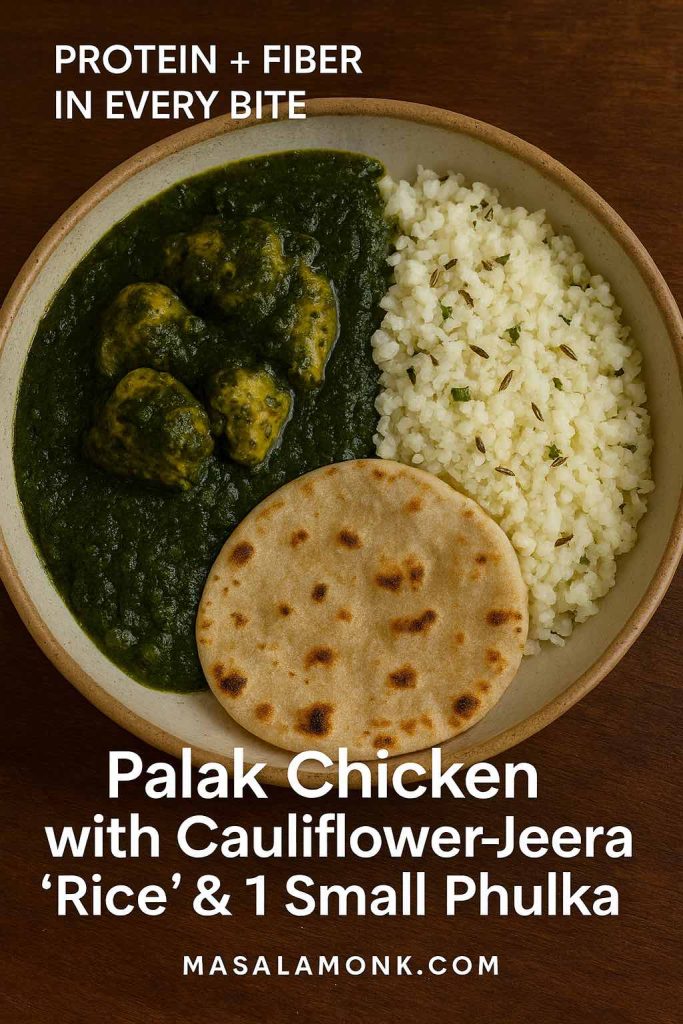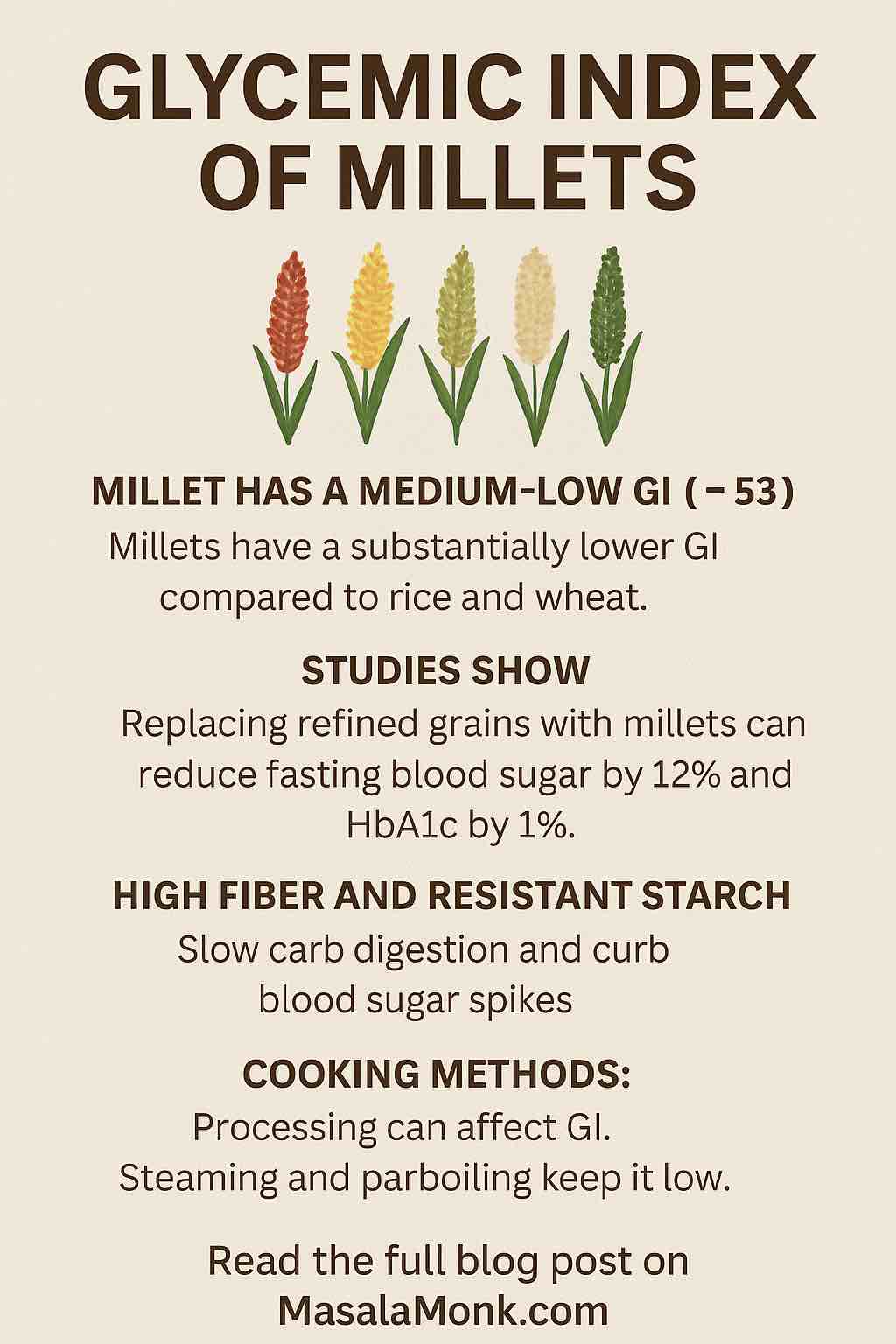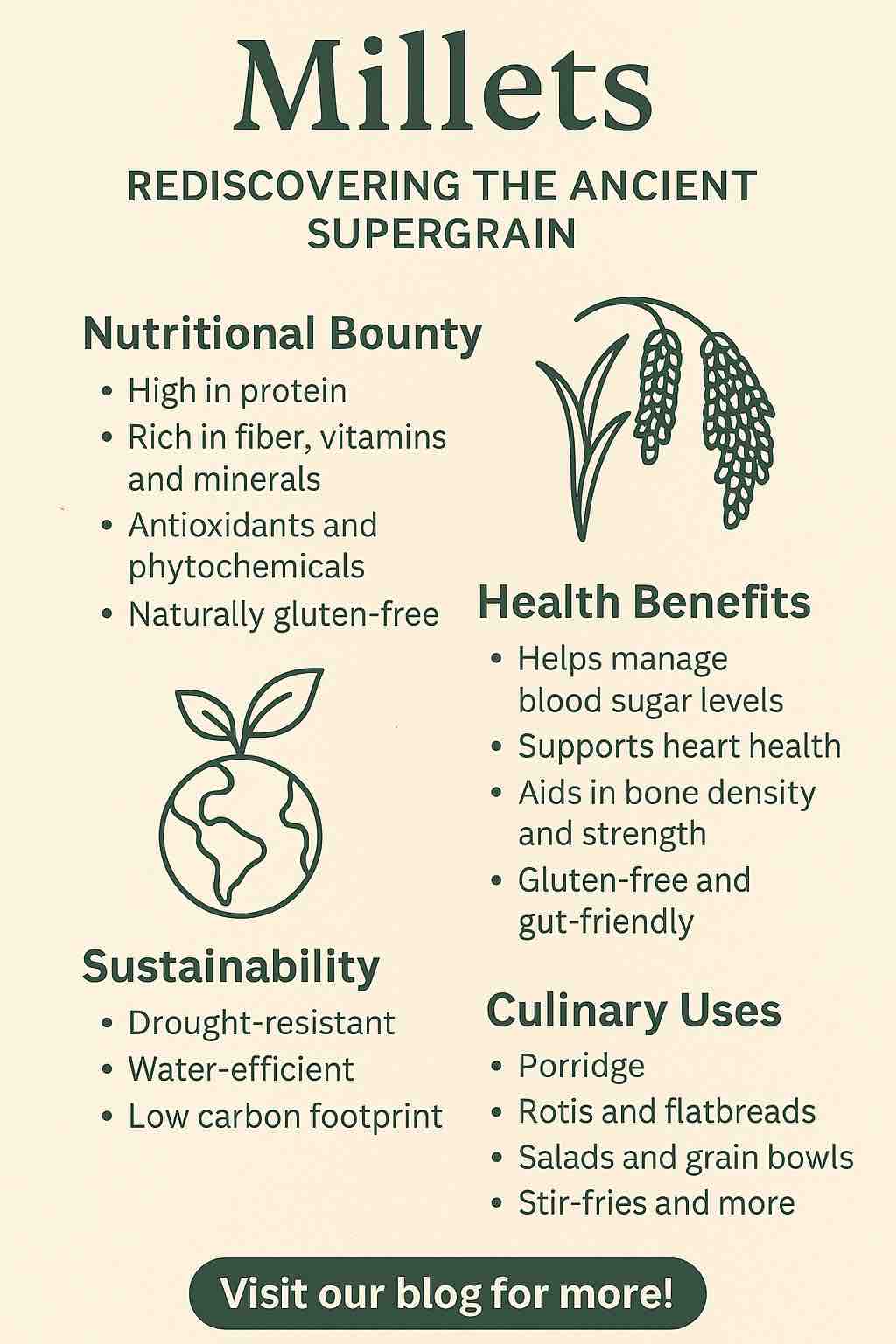
Pregnancy is a time of joy, anticipation, and — for many women — a crash course in reading food labels and counting carbs. If you’ve been diagnosed with gestational diabetes (GDM), you’re not alone. In India, studies suggest that between 10–14% of pregnancies are affected by GDM, and numbers are rising as lifestyles and diets change.
The good news? With the right approach, you can keep your blood sugar within target, nourish your growing baby, and still enjoy food you genuinely look forward to eating. The American Diabetes Association (ADA) and UK NICE guidelines continue to recommend a balanced diet that provides enough carbohydrates for your baby’s brain development (around 175 g/day), spread evenly through the day, while prioritizing low glycemic index (GI) carbs, adequate protein, and plenty of non-starchy vegetables
Read: What Are the Symptoms of Gestational Diabetes?
What’s new in 2024–2025 is that research has started focusing on how we eat as much as what we eat:
- Vegetable–Protein–Carb sequencing at meals can reduce post-meal sugar spikes by up to 11% — a simple plating trick that costs nothing.
- Millet swaps (like ragi, foxtail, or barnyard millet) for polished rice or maida-based foods can modestly improve post-meal glucose control in Indian diets.
- Chili peppers and certain spices may support insulin sensitivity (and make meals far from boring).
- There’s also growing caution around artificial sweeteners — especially sucralose — with some studies linking high intake to increased GDM risk.
In Indian cooking, we’re lucky — our traditional flavors, whole grains, pulses, and spices align beautifully with modern medical nutrition therapy for GDM. This means you don’t need to live on bland “diet food” or imported “superfoods.” You can work with paneer, dals, fresh vegetables, curd, millets, and whole spices to create vibrant, satisfying meals that check every box for blood sugar balance.
Read: Glycemic Index: Guide to High and Low GI Foods FREE PDF List
The following five gestational diabetes friendly recipes are designed using the latest science, easy-to-find Indian ingredients, and everyday cooking techniques. Each one comes with:
- Per-serving carb and protein counts so you can track your intake.
- Low-GI swaps to stabilize blood sugar.
- A “how to plate/order bites” tip to get the most from your meal.
- Flavors that make you feel you’re enjoying a home-cooked celebration, not a medical prescription.
1. Paneer-Stuffed Besan Chilla with Mint Raita
Why this Recipe works in Gestational Diabetes:
- Besan (chickpea flour) is a low-GI pulse flour with slow-digesting carbs and high protein, which keeps post-meal spikes in check.
- Paneer adds high-quality protein, essential in GDM for controlling glycemia and supporting fetal growth.
- Mint raita introduces probiotics from curd, which emerging research suggests may support insulin sensitivity.

Ingredients (2 servings)
- 1 cup besan (100 g)
- 200 g low-fat paneer, grated
- ½ cup onion + capsicum, finely chopped
- Spices: turmeric, ajwain, chili
- ½ cup mint + coriander, blended with 200 g plain dahi for raita
Method
- Whisk besan with water, spices, and chopped veg to form a batter.
- Spread thin on a non-stick pan, cook lightly on both sides.
- Fill with paneer, fold, and serve with mint raita.
Per serving: ~38 g carbs | 28 g protein
Plating tip: Eat a cucumber-onion salad first, then chilla, then raita.
Suggested Read: 5 Iron-Boosting Vegan Snacks for Pregnancy: Lentil and Spinach Combinations
2. Foxtail Millet–Moong Khichdi with Veg Tempering
Why is it one of the Gestational Diabetes Recipes:
- Millets like foxtail have a lower GI than white rice and were shown in a 2024 Indian RCT to modestly reduce post-prandial glucose.
- Moong dal is gentle on digestion and provides plant protein, iron, and folate.

Ingredients (2 servings)
- ½ cup foxtail millet (90 g)
- ½ cup split yellow moong dal (100 g)
- 1 cup mixed vegetables (carrot, beans, peas)
- Spices: cumin, turmeric, ginger
Method
- Rinse and soak millet + dal for 1 hr.
- Pressure cook with veggies, turmeric, and 3 cups water.
- Temper cumin, ginger in 1 tsp ghee, mix in.
Per serving: ~42 g carbs | 17 g protein
Plating tip: Have sautéed spinach or cucumber raita first, then khichdi.
Suggested Read: 5 Protein-Packed Smoothies for Pregnancy with Peanut Butter and Chia Seeds
3. Ragi Dosa with Egg (or Paneer) Bhurji & Sambar
Why this Recipe works in Gestational Diabetes::
- Ragi is rich in calcium, fiber, and antioxidants, making it a nutrient-dense, low-GI millet.
- Egg or paneer bhurji boosts protein, slowing the glucose rise from the dosa carbs.
- Sambar adds more lentils and vegetables for fiber.

Ingredients (2 servings)
- 1 cup ragi dosa batter (fermented)
- 4 eggs or 200 g paneer
- 1 cup mixed veg for sambar + dal base
Method
- Cook dosas on a hot tawa.
- Prepare bhurji with onion, tomato, turmeric, green chili.
- Serve with warm sambar.
Per serving: ~40 g carbs | 25 g protein
Plating tip: Eat a small bowl of sautéed greens before dosa.
Suggested Read: Folate-Fortified Drinks for Pregnancy: 5 Non-Alcoholic Mocktails
4. Palak Chicken (or Tofu) with Cauliflower-Jeera “Rice” & 1 Small Phulka
Why is it one of the Gestational Diabetes Recipes:
- Spinach provides iron and folate — critical nutrients in pregnancy.
- Cauliflower “rice” reduces total meal carbs while adding fiber.
- Controlled portion of whole wheat roti delivers steady energy without spiking sugar.

Ingredients (2 servings)
- 200 g chicken breast or firm tofu
- 2 cups spinach puree
- Spices: garlic, cumin, garam masala
- 2 cups grated cauliflower, steamed with jeera
- 2 small whole wheat phulkas (40 g each)
Method
- Cook chicken/tofu with garlic, onion, spices; add spinach puree, simmer.
- Serve with cauliflower rice and 1 phulka.
Per serving: ~32 g carbs | 30 g protein
Plating tip: Have a small bowl of cucumber-carrot salad before main plate.
Suggested Read: 5 Iron-Rich Snack Ideas for Pregnant Women: Energizing Chicken and Quinoa Combos
5. Kala Chana Chaat with Plain Dahi
Why this Recipe works in Gestational Diabetes:
- Pulses like kala chana are rich in soluble fiber and plant protein, both linked to improved post-meal glucose control.
- Dahi adds a probiotic component, which 2024 research suggests may aid insulin sensitivity in GDM.

Ingredients (2 servings)
- 1 cup boiled kala chana (150 g)
- ½ cup chopped cucumber, tomato, onion
- Green chili, lemon juice, coriander
- 200 g plain low-fat dahi
Method
- Toss chana with veg, chili, lemon, coriander.
- Serve with dahi on the side.
Per serving: ~28 g carbs | 18 g protein
Plating tip: Eat as is—protein + fiber in every bite.
Suggested Read: 5 Sugarless Snacks Rich in Iron for Pregnant Nights
Bonus: Eating Sequence for Better Sugar Control
Emerging 2024 research shows vegetable → protein → carb order can lower post-meal sugar by 6–11%. Apply this with every meal above for an extra layer of glucose control.
Also Read:
- Vitamin D and Pregnancy
- Dates during Pregnancy
- Benefits of Ragi During Pregnancy
- Lobster and Pregnancy
Other Quick Notes for Expectant Mothers with GDM
- Avoid routine artificial sweeteners like sucralose; if you want sweet, count a small portion of real sugar or jaggery within your carb limit.
- Include millets (ragi, foxtail, barnyard, kodo) 1× daily for variety and PPG benefit.
- Stay hydrated (water, chaas, plain milk) — skip sugary drinks.
- Spice is fine — green chili, herbs, whole spices add flavor without carbs.
- Always consult your doctor/dietitian for individualized carb targets and supplement use (like myo-inositol or probiotics).
Frequently Asked Questions (FAQ)
1. What is the target blood sugar level during pregnancy with gestational diabetes?
Most guidelines recommend keeping fasting glucose below 95 mg/dL and 1-hour post-meal below 140 mg/dL (or 2-hour below 120 mg/dL). Your doctor will personalize targets for you.
2. How many carbs should I eat per day with gestational diabetes?
The ADA recommends a minimum of 175 g of carbohydrates per day during pregnancy, distributed across meals and snacks. This supports fetal brain development while avoiding spikes.
3. Why do you suggest millets in these recipes?
Millets like ragi, foxtail, and barnyard have a lower glycemic index than white rice or refined wheat, and a 2024 Indian study showed they can help reduce post-meal glucose levels.
4. Can I eat fruits if I have gestational diabetes?
Yes — choose low to medium GI fruits like berries, guava, apple, pear, or papaya, and eat them with a protein or fat source (e.g., nuts, yogurt) to slow sugar absorption.
5. Are artificial sweeteners safe in pregnancy?
Some, like sucralose, have been linked in recent studies to higher GDM risk. It’s best to limit artificial sweeteners and use small, counted amounts of natural sweeteners (jaggery, dates, honey) within your carb limit.
6. What is the “vegetable–protein–carb” eating order you mention?
It’s a meal sequencing strategy where you eat non-starchy vegetables first, then protein, then carbohydrates. Studies show it can lower post-meal blood sugar by 6–11%.
7. How do I handle festive meals or eating out?
Prioritize protein and vegetable dishes, keep carb portions small, avoid sugary drinks, and start your meal with a salad or vegetable starter.
8. Do I need to avoid all spicy foods in pregnancy?
Not necessarily. If you tolerate spice, moderate chili and spices are fine, and early research even suggests chili may support better insulin sensitivity.
9. How many meals and snacks should I have daily?
Aim for 3 main meals and 2–3 snacks spread through the day to avoid big blood sugar swings.
10. Can these recipes work for postpartum or type 2 diabetes too?
Yes — they’re balanced, low-GI, and nutrient-rich, making them suitable beyond pregnancy, especially if you’re managing blood sugar or aiming for weight control.











